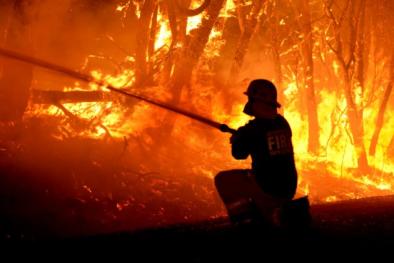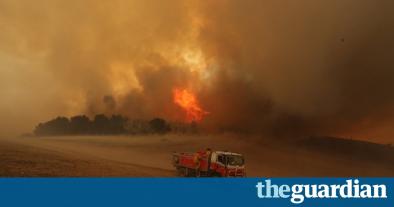Science Source
Climate Change in Australia - Technical Report
- Provides an assessment of observed climate change in Australia and its causes, and details projected future changes over the 21st century
- Finds Australian average surface air temperature has increased by 0.9 °C since 1910, and increasing greenhouse gases have contributed to this rise
- Finds that since 2001, the number of extreme heat records in Australia has outnumbered extreme cool records by almost 3 to 1 for daytime maximum temperatures and almost 5 to 1 for night-time minimum temperatures
- Observes an intensification of the subtropical ridge (the high pressure belt over Australia), an expansion of the Hadley Cell (a circulation in the northsouth direction connecting tropical and mid-latitude areas), and a trend to a more positive Southern Annular Mode (a hemispheric mode of variability associated with weaker than normal westerly winds and higher pressures over southern Australia)
- Finds heavy daily rainfall has accounted for an increased proportion of total annual rainfall over an increasing fraction of the Australian continent since the 1970s
- Finds Australian average rainfall has been increasing since the 1970s, mainly due to an increase in wet season rain in northern Australia
- Observes that for 1966 to 2009, the average rate of relative sea level rise from observations along the Australian coast was 1.4 ± 0.2 mm/year, and 1.6 ± 0.2 mm/year when the sea level variations directly correlated with the Southern Oscillation Index (SOI) are removed
Related Content
Science Source
| South Eastern Australian Climate Initiative
Climate variability and change in south-eastern Australia
Bryson Bates, Paul Holper, Ian Smith
Headline

Jul 22, 2016 | Bloomberg.com
Australia Is Burning, and Climate Change Is Making It Worse
Headline

Jul 22, 2016 | the Guardian
2014 was Australia's third warmest year on record, says Bureau of Meteorology
Headline

Jul 21, 2016 | The Weather Channel
Australian Open Halted Because of Extreme Heat


